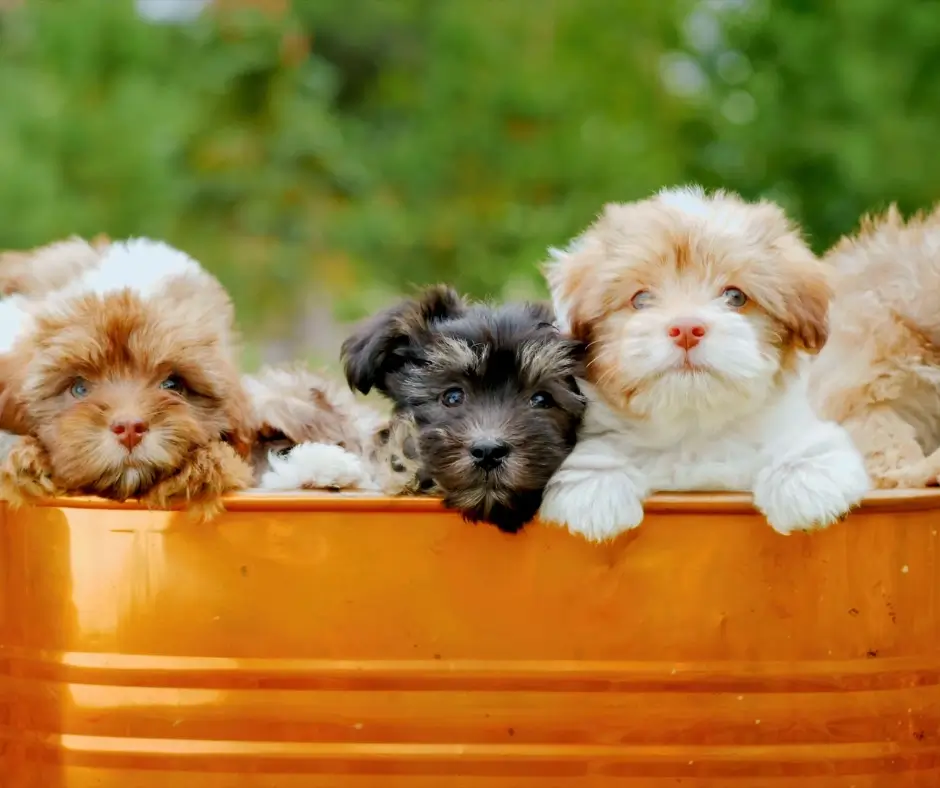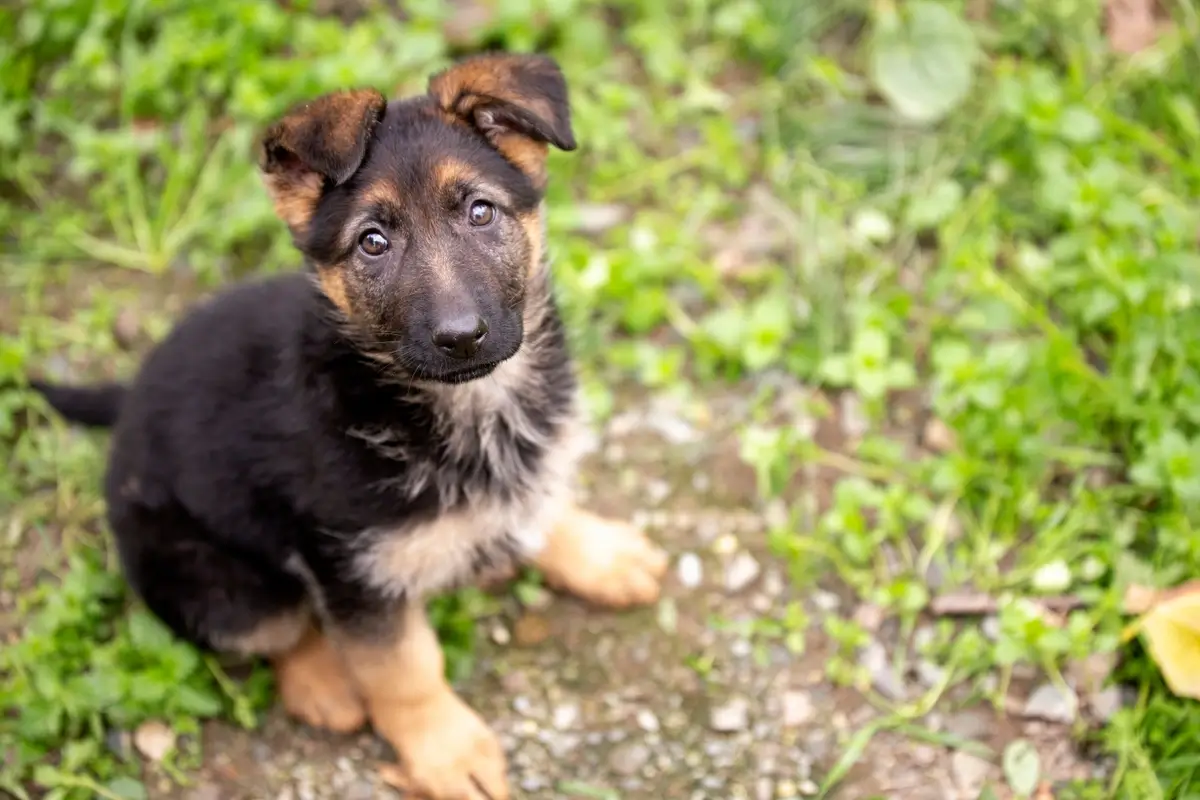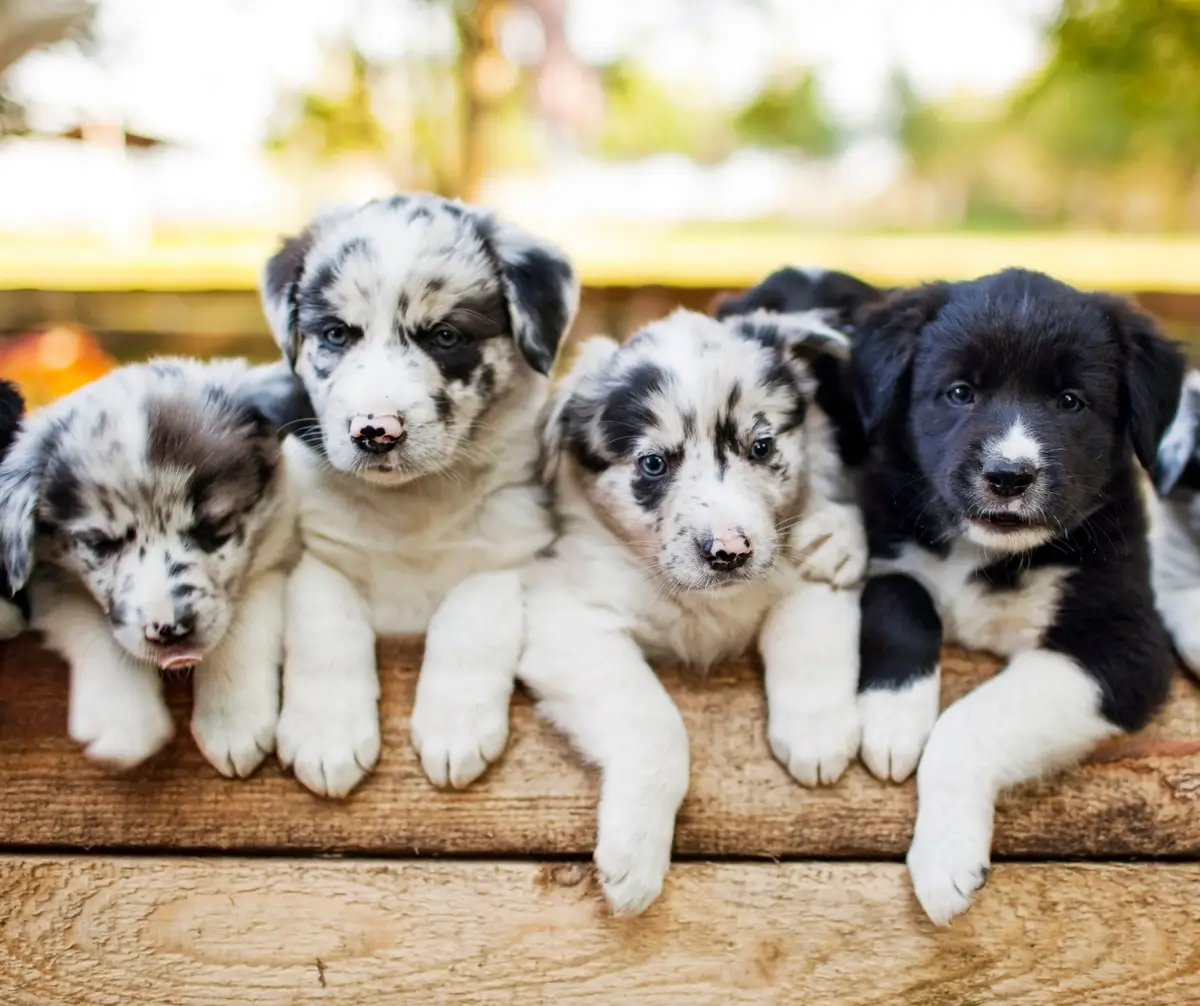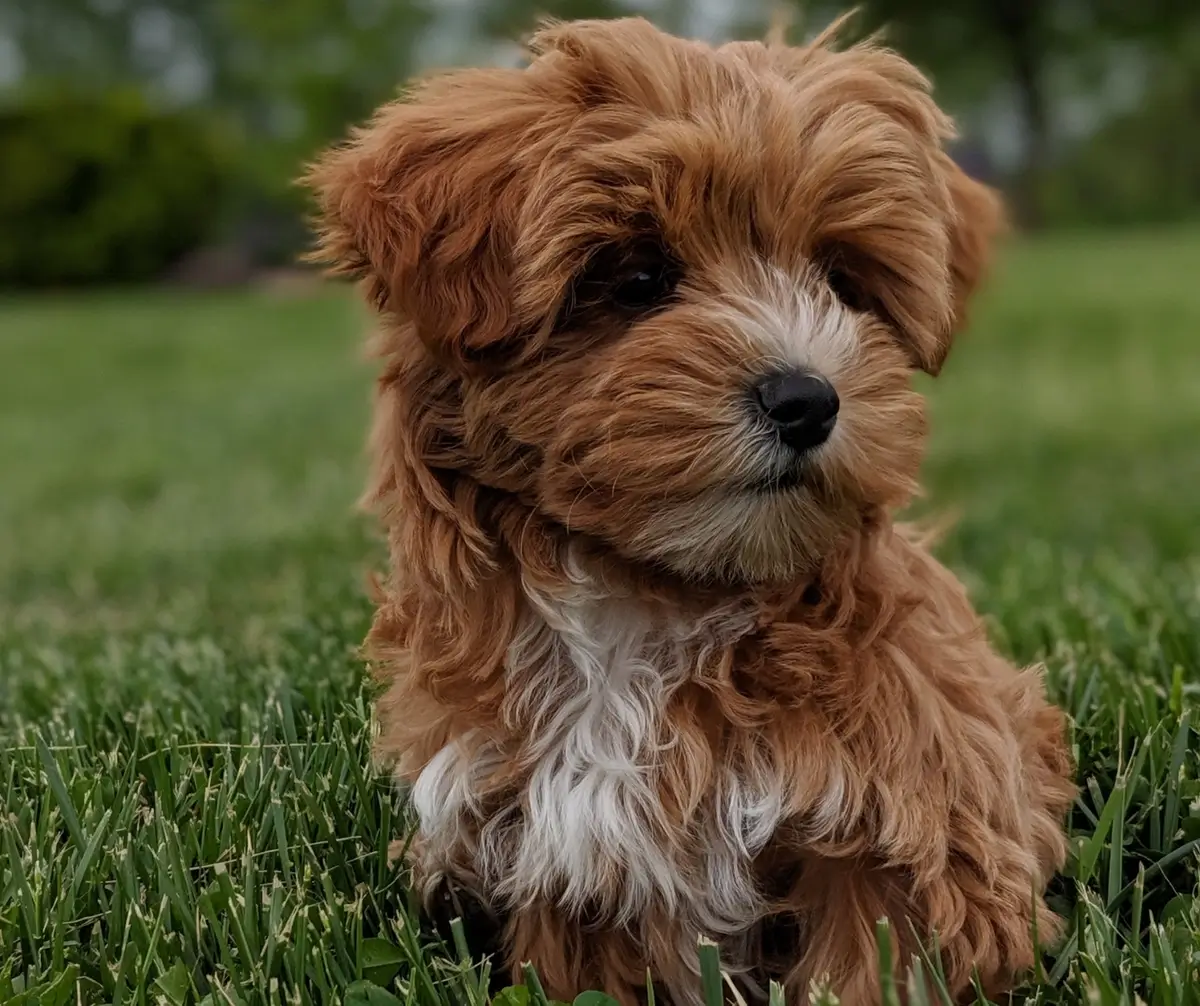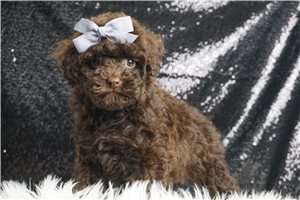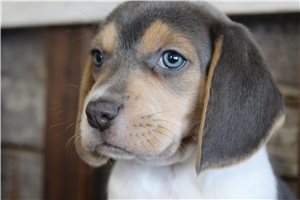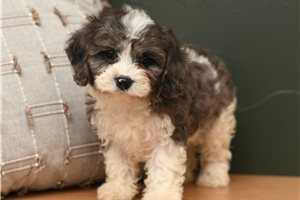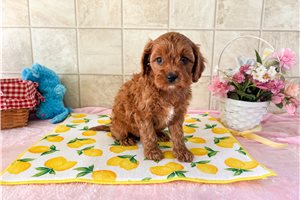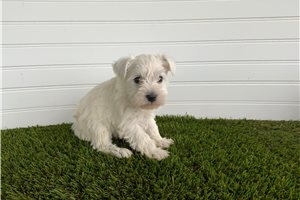You’ve fallen in love with the cutest Beagle! Before you start looking for a “Beagle puppy for sale near me,” you already have an idea of what a Beagle looks like. You think, “Well, everyone knows a Beagle is a black, tan, and white tricolor, right?”
Right?
You’re surprised when you discover that Beagles can come in 25 combinations of 10 colors! Your world is rocked, and your mind is blown! But the most surprising part is the puppy you selected at 8 weeks is now an entirely different color just a short time later.
Before you cry foul and convince yourself you bought the wrong puppy, it’s important to know all the reasons why a dog’s fur changes color, popular dog breeds that are known for their color-changing coats, and how regular communication during the puppy-buying process with Pawrade can reassure you that your puppy is indeed the one you fell in love with.
Reasons Why Your Puppy’s Coat Changes Coloring
If you have been looking extensively for the perfect puppy, you may have seen our disclaimer on listings. The disclaimer about a puppy’s potential coat color change reads:
***Dogs may change color naturally as they mature due to many factors such as genetics, hair type, losing puppy fur and changing to the adult coat, pigmentation, hormonal changes, seasonal changes, shaving, etc. Color changes are expected and can occur quickly and at any time. We cannot guarantee a dog’s permanent coat color for these reasons.
As you can see, there may not be a singular reason for any color changes; rather, a combination of several factors could be the reason. Let’s dive into how each of these factors affects coat changes in puppies.
How Genetics Affects a Dog’s Coat Color
Put on your lab coat and channel Gregor Mendel because we’re about to delve into scientific genetic explanations of why your dog could change color.
Eumelanin and pheomelanin
Did you know that all puppies regardless of the coat color they’re born with carry just two melanin pigments: eumelanin (black) and pheomelanin (red)? And that out of approximately 3 billion base pairs of DNA and thousands of genes in the dog genome, only 8 genes are associated with dog coat color? Let’s see how these two black and red pigments can produce a wide array of colors.
Each hair follicle contains cells called melanocytes which are responsible for adding melanin to the hair. All puppies are born with just eumelanin, even all-white puppies! Eumelanin can be “diluted” with inherited traits from each parent, preventing the coat from being a full-strength solid black color.
Some different shades of eumelanin diluted with genetic information from parents can be:
- All black
- Liver (brown)
- Blue (grey)
- Isabella (pale brown)
Now that we know puppies are only born with eumelanin in their coats, as they age, puppies develop pheomelanin, the red pigment. As pheomelanin spreads up the hair follicle, genes control the strength of pheomelanin, creating a range of reds:
- Deep red
- Orange
- Cream
- Gold
- Yellow
- Tan
Variations in coat colors and patterns
The amount of pheomelanin as it combines with eumelanin is responsible for coat color variations. Genes control what color and where the color will appear on the dog. Here are some genetic variations in dog coat colors and patterns that can occur:
- Agouti – Responsible for different coat patterns and switching between the 2 melanin pigments; called wild coloring because one hair contains alternating bands of coloring
- Spotting – Coats with less symmetrical white spots and coat color patterns such as extreme white, parti, and piebald
- Merle – Only dilutes eumelanin and creates coats with solid and irregularly shaped patches of pigment
- Dominant Black – Controls black, brindle, and fawn
- Harlequin – White dogs with black patches, works with merle to create color and spots combinations
- Brown – Can appear as B (dominant brown) and b (recessive brown) and is linked to brown, chocolate, and liver; can also change foot pad and nose color to brown
- Dilute – Lighten coats in a range of colors: black or brown -> gray, blue, or pale brown, black -> gray or blue, and red -> cream
- Extention – Creates the black facial mask and red or yellow coats
Hair coat type
In addition to genetics, another factor you might not realize is there are at least 6 types of dog hair coats affecting coat colors. Some dogs are born with a double coat with a tougher, longer top layer and a dense, finer undercoat, while others are born with a single coat. Puppies with double coats often have an undercoat that’s a completely different color than an undercoat.
The term felting is when a dog sheds its puppy coat for the first time. Blowing a coat can mean a new color begins to grow. This new color combination can be responsible for the sudden color changes in a young puppy to a more mature puppy.
In addition, shaving a puppy may reveal different tones in a coat. When hair grows back in, different colors may appear. Oftentimes the soft coat growing in will be lighter in color, and the lighter hues can remain after repeated haircuts.
Maturation
As a puppy matures, growing in its adult coat as your dog loses its puppy coat can be responsible for changes in dog coat color. Because different dog breeds mature at different rates, you may notice a change around 8-12 months and again at their final stage of puppyhood.
And just like in humans, dogs’ hair color begins to change to gray, silver, or white as they grow older into their senior years.
Hormonal cycles
Maturation brings a new set of hormonal changes. When females experience their first heat, darker or lighter coloring may appear. These hormones can fluctuate, producing different hues. You may start to notice a cyclical pattern.
Nutritional influence
When you bring home your puppy, you may stick to the food formula your puppy ate at the breeder’s place. At some point, you will need to determine when to switch your puppy to adult food. A change in nutrition could influence changes in hair coat coloring.
Sunlight and seasonal changes
Just like humans, dogs’ hair can change colors and get lighter after being in the sun. Ultraviolet rays in sunlight oxidize (bleach) the melanin we learned about earlier, turning it into a colorless compound.
In contrast, melanin in the skin can get darker in the sun. Because the skin is living and hair is dead, the live melanin releases more brown pigment in the skin. Sunlight can cause uneven darkening in the skin, which may show through a dog’s hair coat, creating a new shade you didn’t notice before.
As the seasons change, the amount of sunlight fluctuates, also changing the hair color depending on the amount of melanin affected.
Medical issues and injury
Most of the time, there is no need to be concerned if your dog’s coat changes color. As long as there is no undesirable smell, redness, inflammation, or irritation, it’s probably nothing to worry about.
However, dog hair color changes could be a sign of a medical problem. For example, skin conditions, hypothyroidism, cancer, and vitiligo can cause uneven or patchy color changes. Other various medical issues can cause dog coats to change color.
If your dog is injured, the skin area around the wound may temporarily change color as the site heals. These injury sites tend to be darker because melanin may help in the healing process.
Chemical substances
Chemicals in various products can affect spotting and color changes in dog coats. Staining from saliva, chlorine from swimming pools, minerals in your dog’s shampoo, and various metals that can oxidize can stain or spot your dog in either certain areas or all over.
What Are Some Popular Dog Breeds That Change Color?
- Any double-coated dog with an undercoat and top coat
- Poodles, Doodles, and -poos: Poodles come in 11 different colors and several patterns and are often born one color and lighten or get “frosting” as they mature. If they are born with a dark coat, they "clear" or "fade" to a lighter color at around two years old. Some poodle puppies are born with a mutation in a gene that causes a dog born black or brown to begin to turn grey or white/silver at three months old.
- Labrador Retrievers: May have a lot of black on the top of the head that might turn brown around one year old.
- Dalmatians: Many are born white and don’t show their spots until several months later
- Pomeranians: Their hair coats can take up to 2 years to grow in
- Shih Tzus: Only a black and white-born puppy keeps its colors; this breed is notorious for various changes due to genetics as it grows older
- Beagles: AKC allows three different registration changes since they change their 25 color combinations with 10 colors frequently as they age
- Airedale, Yorkshire, Silky, Bedlington, Kerry Blue, Yorkies, Soft Coated Wheaten, and other Terriers: almost all have one skin color and a different coat color that rapidly changes
- Schnauzers: Their wiry outer topcoat and soft, fuzzy undercoat can affect their coloring
- Havanese: Coats can lighten or darken during the ages 8-18 months
- Border and Bearded Collies: Recessive genes can cause the coat to lighten
- Australian Cattle Dog: Can start changing colors at just 2 weeks old, changing several times until reaching adulthood
- Lhasa Apso: All go through felting at 8-15 months old, causing color changes
- German Shepherds: In addition to color, their hair length, density, and texture also changes
- Weimaraners: Not only can their coat change colors, but their eyes do as well
- Siberian Huskies: Lighter colors change the most with this double-coated beauty, and seasonal changes affect coat colors in this outdoor-loving breed
Pawrade Communicates Any Color Changes in Your Puppy
We are proud to present our Pawrade Process to each new potential puppy parent. Our breeders are required to note the puppy’s color on their initial listing. They also upload new pictures every 2 weeks. In addition, once you select a puppy, your Puppy Concierge will facilitate pictures and videos of your puppy for you to check out any coat color changes.
Pawrade keeps you informed every step of the way. From tiny Yorkies to giant Great Pyrenees, we’ll help you find your perfect puppy for sale.
